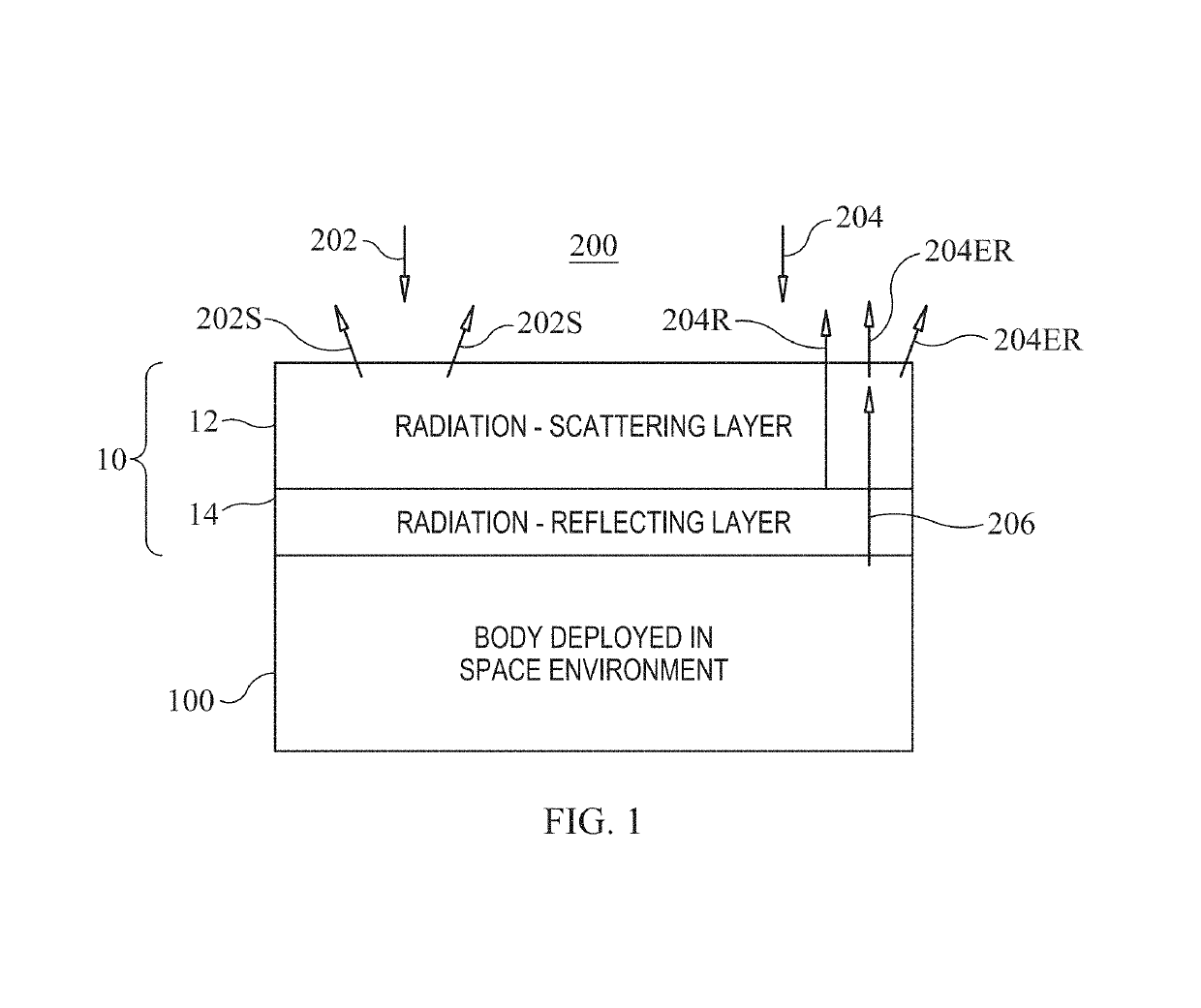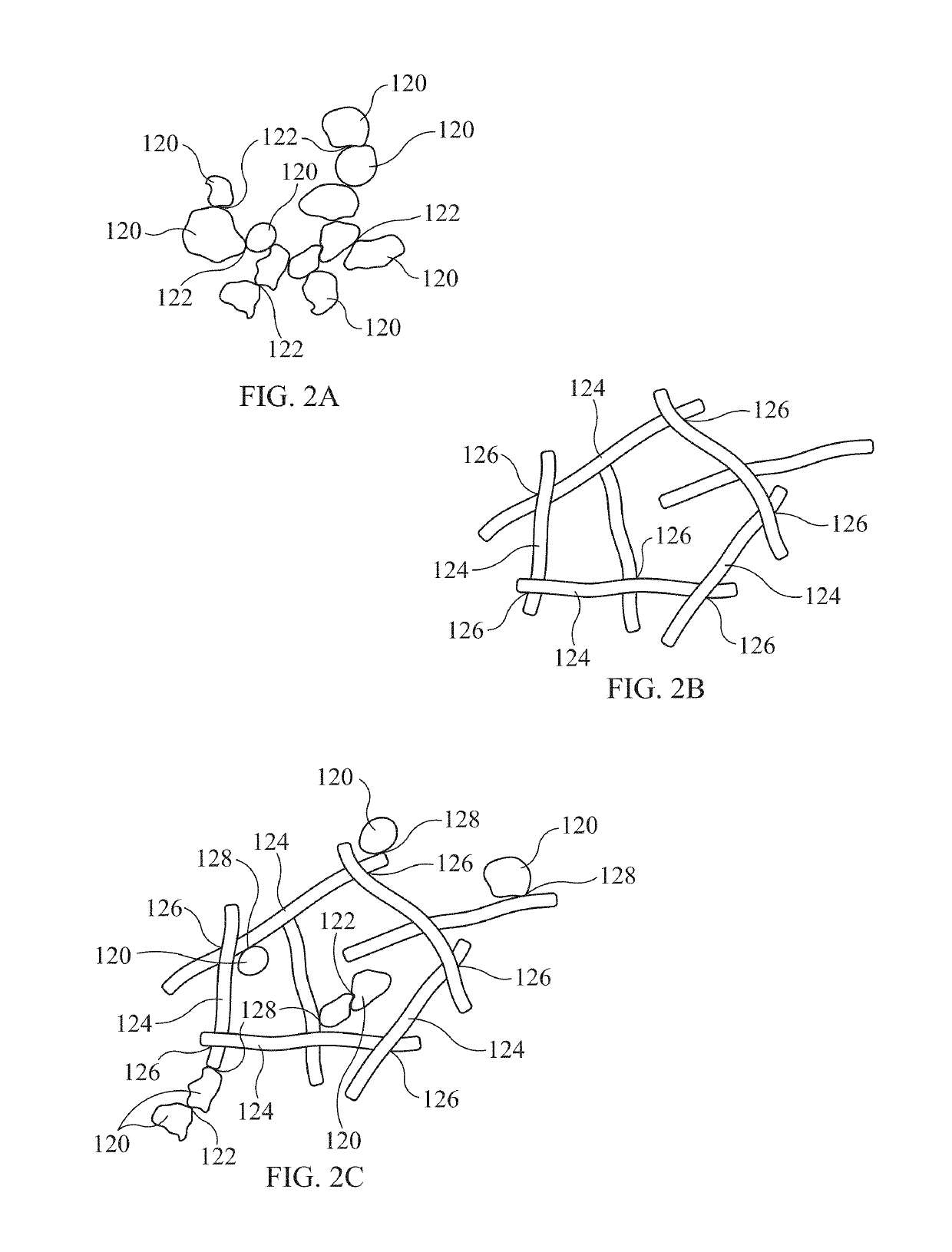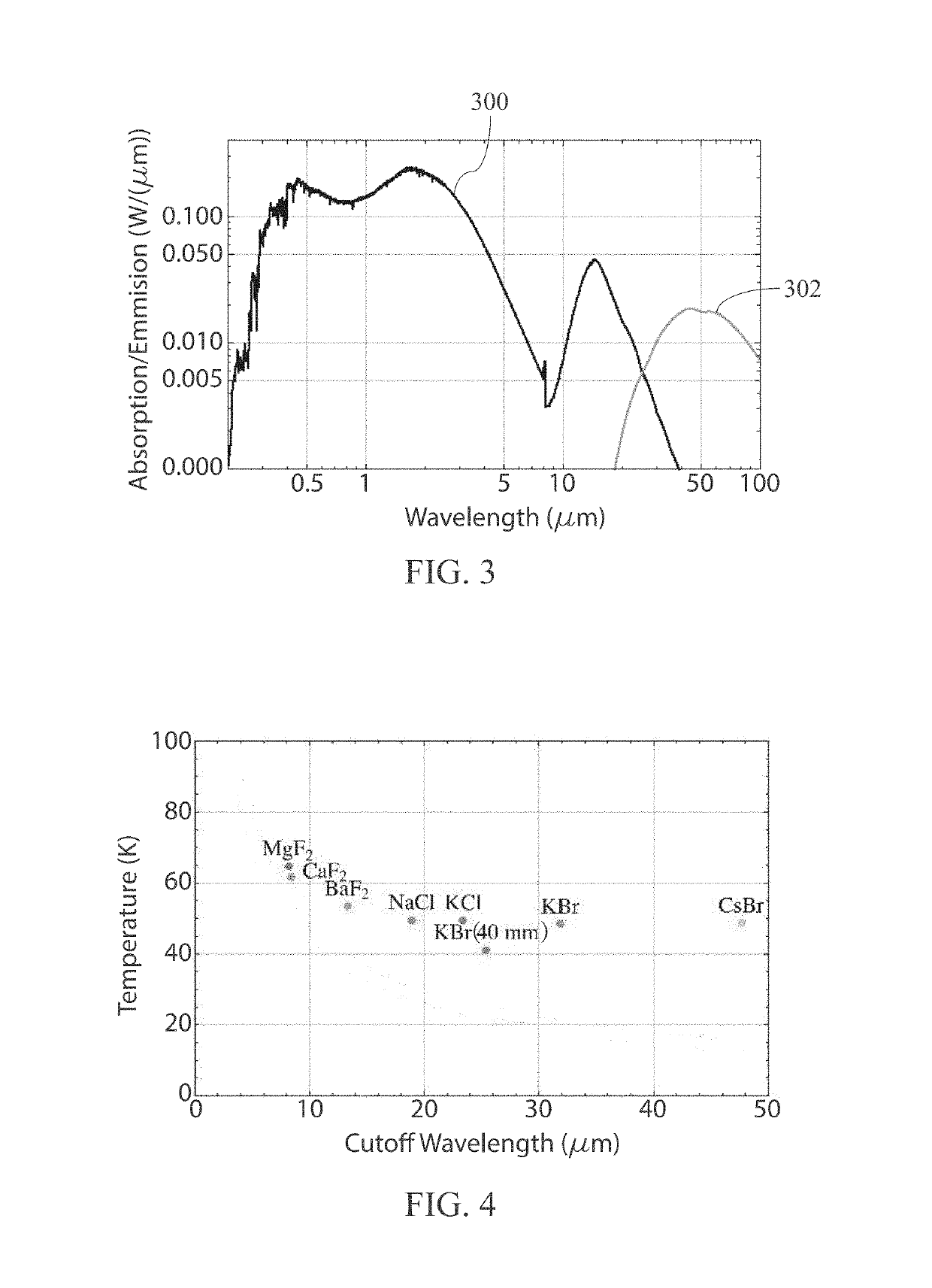Radiation reflector and emitter
a radiation reflector and emitter technology, applied in the direction of cosmonautic thermal protection, transportation and packaging, cosmonautic vehicles, etc., can solve the problems of limited space operation of superconductors, limited storage of liquid oxygen in deep space, and difficult maintenance of superconductors
- Summary
- Abstract
- Description
- Claims
- Application Information
AI Technical Summary
Benefits of technology
Problems solved by technology
Method used
Image
Examples
Embodiment Construction
)
[0017]Referring now to the drawings and more particularly to FIG. 1, a multi-layer radiation reflector / emitter in accordance with an embodiment of the present invention is shown schematically and is referenced generally by numeral 10. As will be explained further herein, reflector / emitter 10 defines the framework for a novel composite structure that aids in controlling temperature of bodies that it covers or coats. In general, reflector / emitter 10 defines a novel composite structure for covering / coating spacecraft and spacecraft systems whose effective operation requires maintenance at very low temperatures, i.e., on the order of 75 K or less. Reflector / emitter 10 can be realized in a variety of ways depending on the type of “body” that is to be covered or coated. Accordingly, it is to be understood that the fabrication methods used to construct reflector / emitter 10 and / or apply / affix reflector / emitter 10 to a body are not limitations of the present invention.
[0018]In general, refl...
PUM
 Login to View More
Login to View More Abstract
Description
Claims
Application Information
 Login to View More
Login to View More - R&D
- Intellectual Property
- Life Sciences
- Materials
- Tech Scout
- Unparalleled Data Quality
- Higher Quality Content
- 60% Fewer Hallucinations
Browse by: Latest US Patents, China's latest patents, Technical Efficacy Thesaurus, Application Domain, Technology Topic, Popular Technical Reports.
© 2025 PatSnap. All rights reserved.Legal|Privacy policy|Modern Slavery Act Transparency Statement|Sitemap|About US| Contact US: help@patsnap.com



